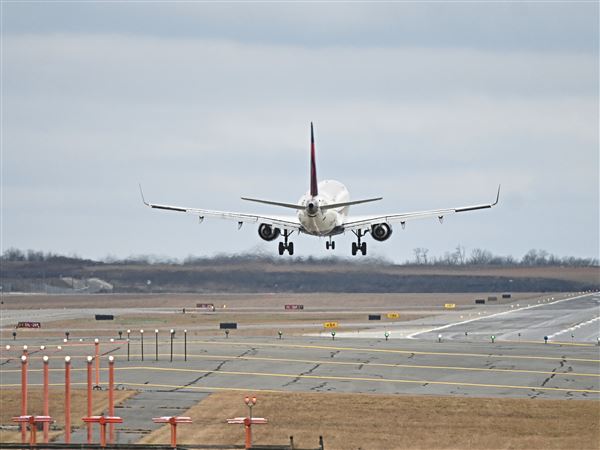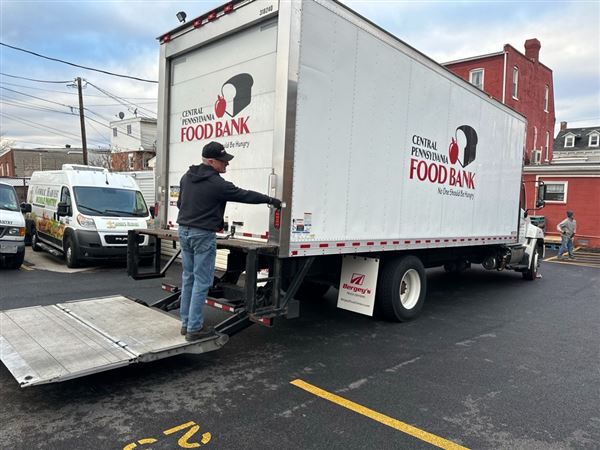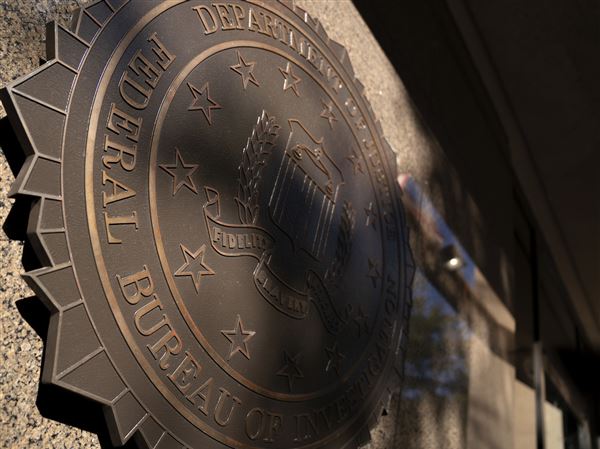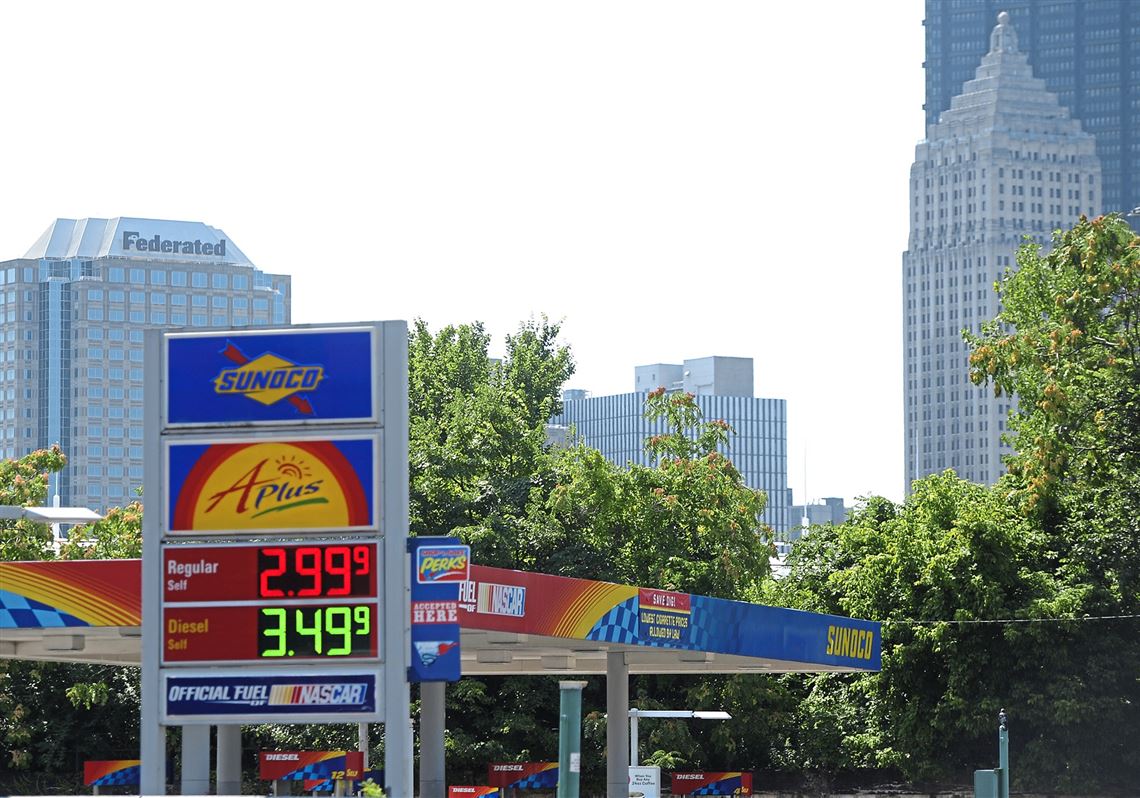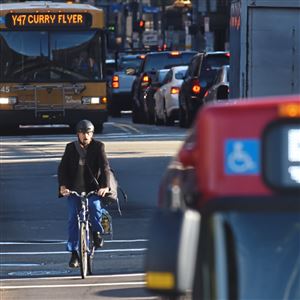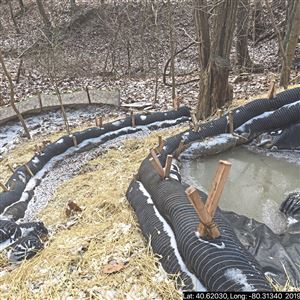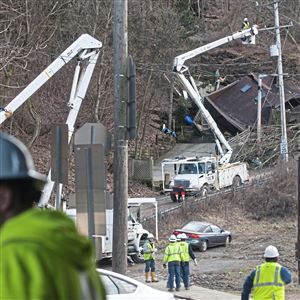Drivers, rejoice! Pennsylvania isn’t number one anymore.
After having the nation’s highest gasoline tax for more than four years, the Keystone State was bumped to second place on July 1, when a tax increase in California took effect.
Still, Pennsylvania’s tax is 22 cents higher than the national average and Post-Gazette readers wondered why.
Gas taxes pay for maintenance and improvements to Pennsylvania’s 120,000 miles of state and local highways and 32,000 state and local bridges. The funds are used directly by the state Department of Transportation for the infrastructure that PennDOT maintains and are also allocated to municipalities to take care of their roads and bridges.
Money from the Motor License Fund — the account where gas tax revenues end up — is also used to fund the state police, although that is not the account’s purpose. An auditor general’s report this spring said that $4.2 billion from the fund has been used to pay for state police since the 2012 fiscal year.
Pennsylvania’s tax had already been above average, but a 2013 transportation funding bill triggered a series of increases and changed the place in the fuel-supply chain where the tax is assessed.
Technically, state gasoline taxes aren’t assessed at the pump anymore.
The levy, called the Oil Company Franchise Tax, is paid by distributors of liquid fuels at the wholesale level, said Alexis Campbell, press secretary for the state Department of Transportation.
“Gas prices are set by the industry, and how or whether taxes are passed on is their decision, which is why you can drive a short distance and find varied prices at different stations,” she said.
As expected, higher costs are generally passed on to drivers. The tax rose from 32.3 cents per gallon in 2013 to its current level, 58.7 cents per gallon, in 2018.
The tax is most noticeable near Pennsylvania’s borders, since drivers can cross state lines to find cheaper fuel.
The gap between Pennsylvania and Ohio’s gas taxes shrunk on July 1, when Ohio’s tax went up 10.5 cents. The Buckeye State’s tax is still about 20 cents lower than Pennsylvania’s levy.
Other neighboring states’ gas taxes are 13 to 36 cents cheaper than the commonwealth’s.
Source: American Petroleum Institute | James Hilston/Post-Gazette
Ms. Campbell said other states fund transportation differently — in some cases, through special funds or their statewide general fund.
Pennsylvania’s licensing and vehicle fees are lower than in many states, she said.
Here, 75 percent of the revenue in the Motor License Fund comes from the gas tax, and 25 percent comes from motor vehicle and driver licensing fees.
There are also more roads here for the state to maintain: Pennsylvania has the fifth largest state-maintained road system and the third largest state-maintained bridge system in the nation.
“Our state-maintained system is far larger than any of our surrounding states and is comparable in size to the state-maintained road systems of New York, New Jersey, and all the New England states combined,” Ms. Campbell said.
She pointed out that fuel costs are “essentially user fees — the more you drive, the more fuel you’ll purchase.”
But as vehicles become more fuel efficient and electric vehicles become more common, that relationship is crumbling.
The Oil Company Franchise Tax “is becoming increasingly unreliable,” Ms. Campbell said. “There’s an urgent need for sustainable transportation funding in Pennsylvania.”
The state could shift away from gas taxes for raising money to improve roads and bridges and institute a mileage-based fee, but that would require an act of the Legislature. PennDOT is also urging the federal government to increase its investment in transportation infrastructure.
The federal gas tax is 18.4 cents per gallon. It has been the same for more than 25 years.
Laura Legere: llegere@post-gazette.com.
First Published: August 5, 2019, 10:00 a.m.

